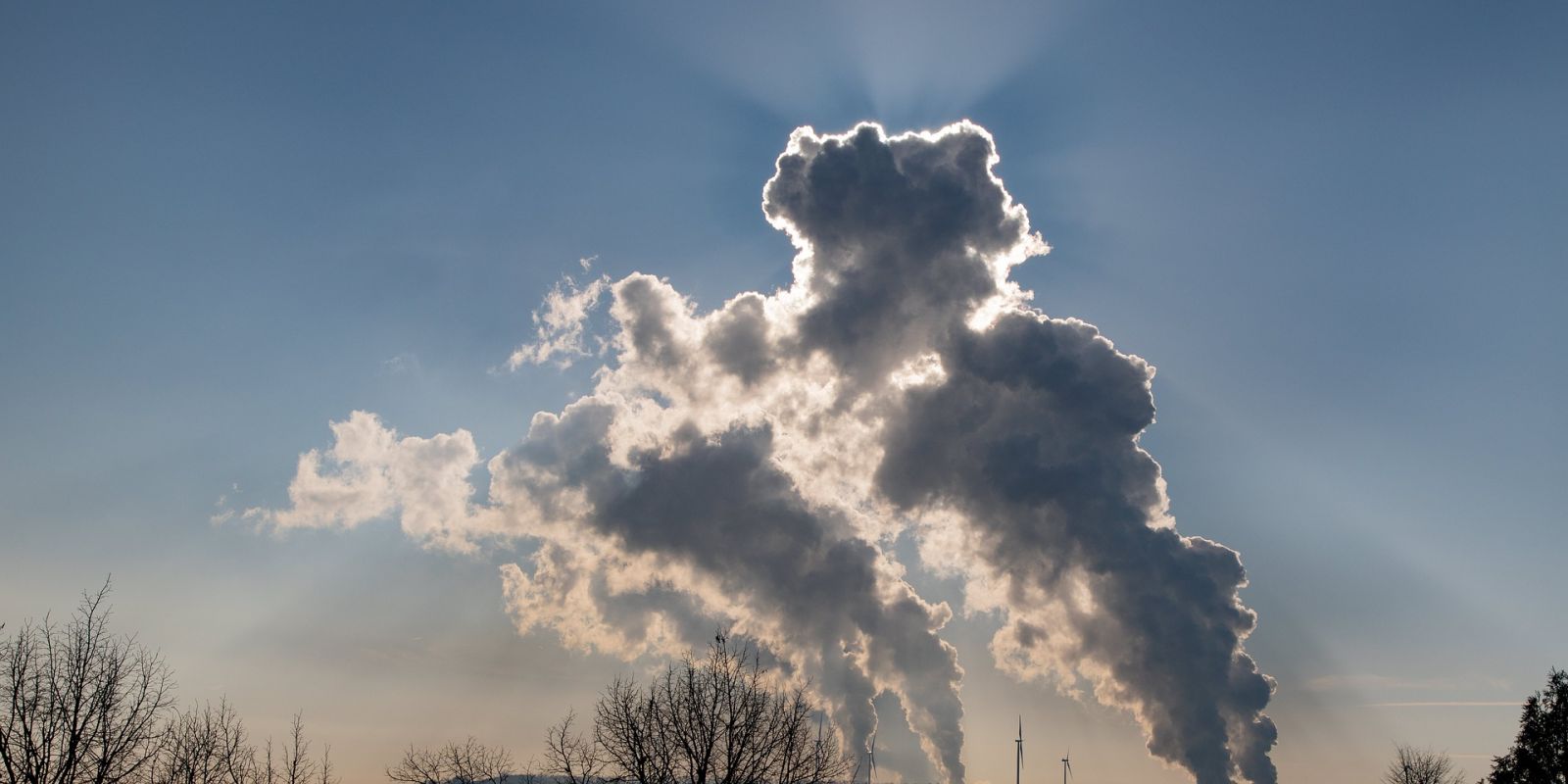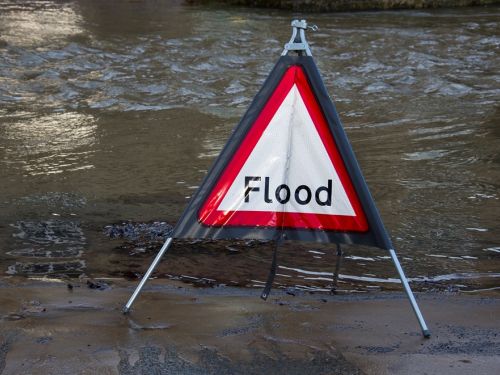This first of its kind collaboration brings two world leading projects helping the UK to reach net zero by 2050. Keadby 3 could deliver 15% of the UK’s target for 10MT of carbon capture & storage by 2030, while Keadby Hydrogen’s demand could account for a third of the 5GW goal for hydrogen production.
In April, Equinor and SSE Thermal unveiled plans to jointly develop two first-of-a-kind, low-carbon power stations in the UK’s Humber region, comprising one of the UK’s first power stations with carbon capture and storage (CCS) technology, and the world’s first major 100% hydrogen-fuelled power station.
The plans, underpinned by a new cooperation agreement between the two companies, would support the UK’s transition to net zero and accelerate the decarbonisation of the Humber, the UK’s largest and most carbon-intensive industrial cluster. The projects have the potential to create thousands of skilled, green jobs and revitalise a key industrial heartland.
The two decarbonised power stations, which would form a ‘clean power hub’ near Scunthorpe, North Lincolnshire, would be among the first in the world to utilise CCS and hydrogen technologies. Keadby 3 and Keadby Hydrogen would replace older, carbon-intensive generation on the electricity grid, providing flexible and efficient power to support intermittent renewable generation and maintain security of supply through the net zero transition.
These projects would also result in the Humber making a significant contribution to the UK’s 2030 targets for CCS and hydrogen. Keadby 3 could deliver 15% of the target for 10MT of carbon captured annually by 2030, while the demand from Keadby Hydrogen could account for a third of the 5GW hydrogen production goal.
Keadby 3 will be a 900MW power station fuelled by natural gas and fitted with carbon capture technology to remove the CO2 from its emissions. The captured CO2 would then be transported using shared pipelines before being securely stored under the Southern North Sea. A formal consultation for Keadby 3 concluded in early 2021 and the project is currently progressing towards the submission of a development consent application in Spring 2021. Keadby 3 would have the potential to come online by 2027, in line with industrial cluster projects.
Keadby Hydrogen power station would have a peak demand of 1,800MW of hydrogen, generating around 900MW of electricity with zero emissions at the point of combustion. It would be the world’s first major 100% hydrogen-fired power station, securing at-scale demand for hydrogen in the region for decades to come. With appropriate policy mechanisms in place, Keadby Hydrogen could come online before the end of the decade.
The Keadby 3 and Keadby Hydrogen projects are both in the development stage and the companies will continue to engage government, regulators and stakeholders. Final investment decisions will depend on the progress of policy frameworks that are commensurate with the delivery of this critical net zero enabling infrastructure.
The projects would utilise the parallel hydrogen and CO2 pipeline infrastructure being developed by the Zero Carbon Humber (ZCH) partnership – which includes Equinor and SSE Thermal – and offshore CO2 infrastructure developed by the six-member Northern Endurance Partnership (NEP), which includes Equinor. Both ZCH and NEP won public funding from the UK’s Industrial Strategy Challenge Fund in March.


